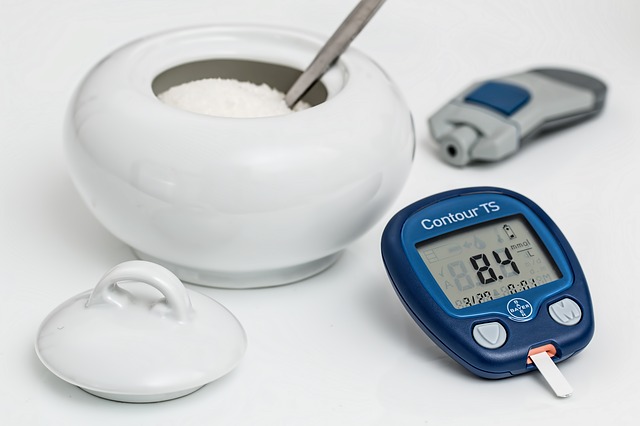The three main types of diabetes are:
- Type 1 Diabetes
- Type 2 Diabetes
- Gestational Diabetes.
Type 1 Diabetes
Type 1 diabetes (once known as insulin-dependent diabetes mellitus or juvenile diabetes) is considered an autoimmune disease. An autoimmune disease results when the body’s system for fighting infection (the immune system) turns against a part of the body. In diabetes, the immune system attacks the insulin-producing beta cells in the pancreas and destroys them. The pancreas then produces little or no insulin.
Someone with type 1 diabetes needs daily injections of insulin to live. At present, scientists do not know exactly what causes the body’s immune system to attack the beta cells, but they believe that both genetic factors and viruses are involved. Type 1 diabetes accounts for about 5 to 10 percent of diagnosed diabetes in the United States.
Type 1 diabetes develops most often in children and young adults, but the disorder can appear at any age. Symptoms of type 1 diabetes usually develop over a short period, although beta cell destruction can begin years earlier.
Symptoms include increased thirst and urination, constant hunger, weight loss, blurred vision, and extreme tiredness. If not diagnosed and treated with insulin, a person can lapse into a life-threatening coma.
Type 2 Diabetes
The most common form of diabetes is type 2 diabetes (once known as noninsulin-dependent diabetes mellitus or NIDDM). About 90 to 95 percent of people with diabetes have type 2 diabetes. This form of diabetes usually develops in adults over the age of 40 and is most common among adults over age 55. About 80 percent of people with type 2 diabetes are overweight.
In type 2 diabetes, the pancreas usually produces insulin, but for some reason, the body cannot use the insulin effectively. The end result is the same as for type 1 diabetes–an unhealthy buildup of glucose in the blood and an inability of the body to make efficient use of its main source of fuel.
The symptoms of type 2 diabetes develop gradually and are not as noticeable as in type 1 diabetes. Symptoms include feeling tired or ill, frequent urination (especially at night), unusual thirst, weight loss, blurred vision, frequent infections, and slow healing of sores.
Gestational Diabetes
Gestational diabetes develops or is discovered during pregnancy. This type usually disappears when the pregnancy is over, but women who have had gestational diabetes have a greater risk of developing type 2 diabetes later in their lives.






